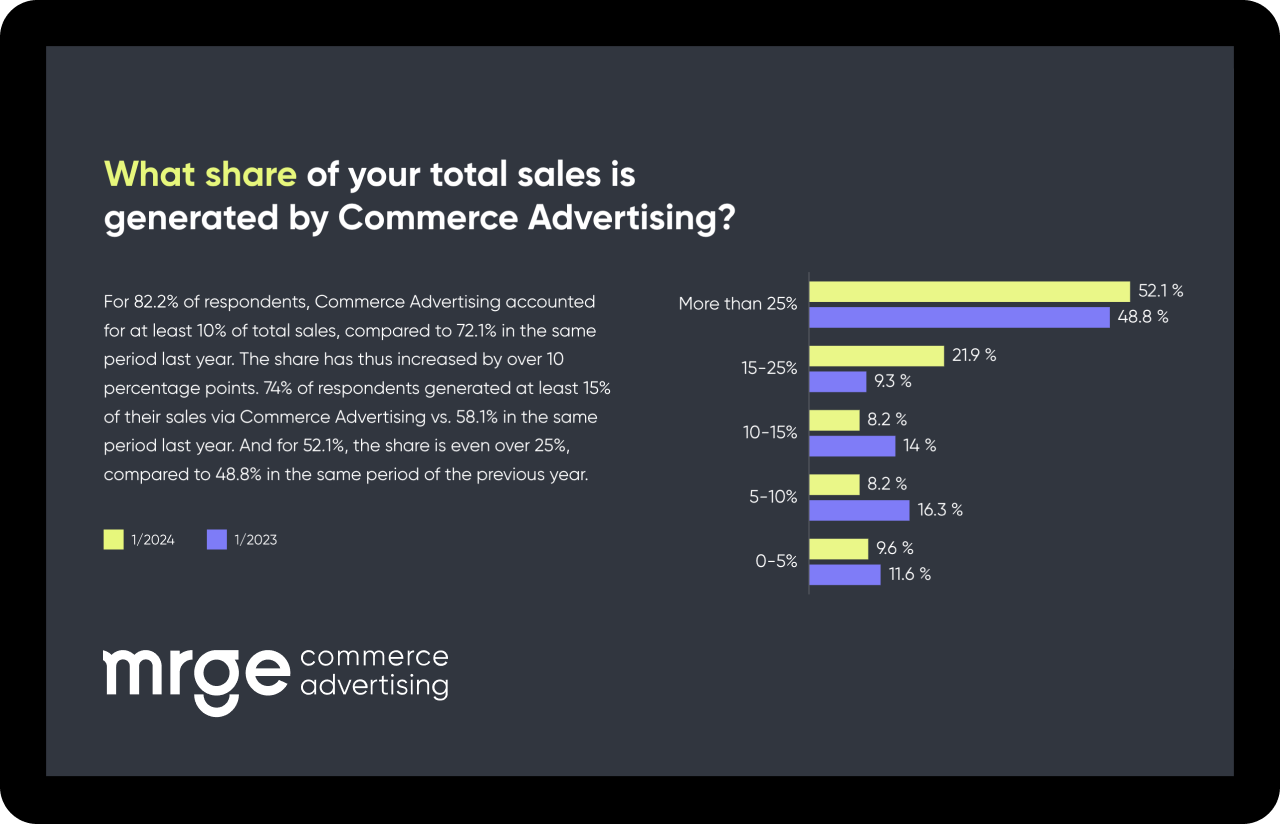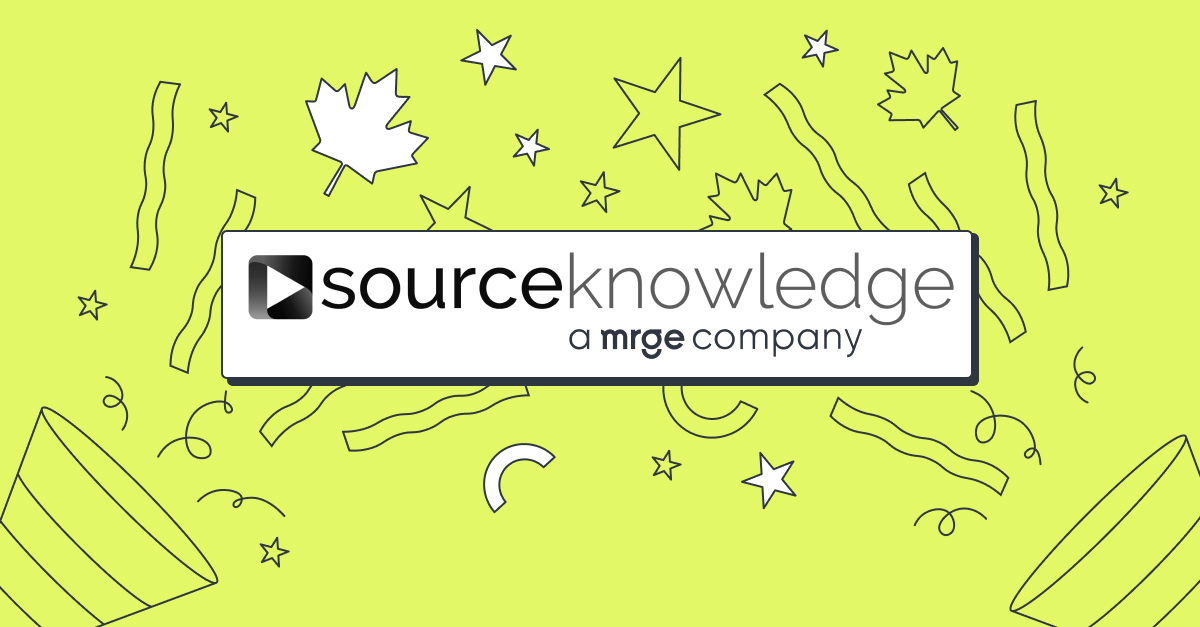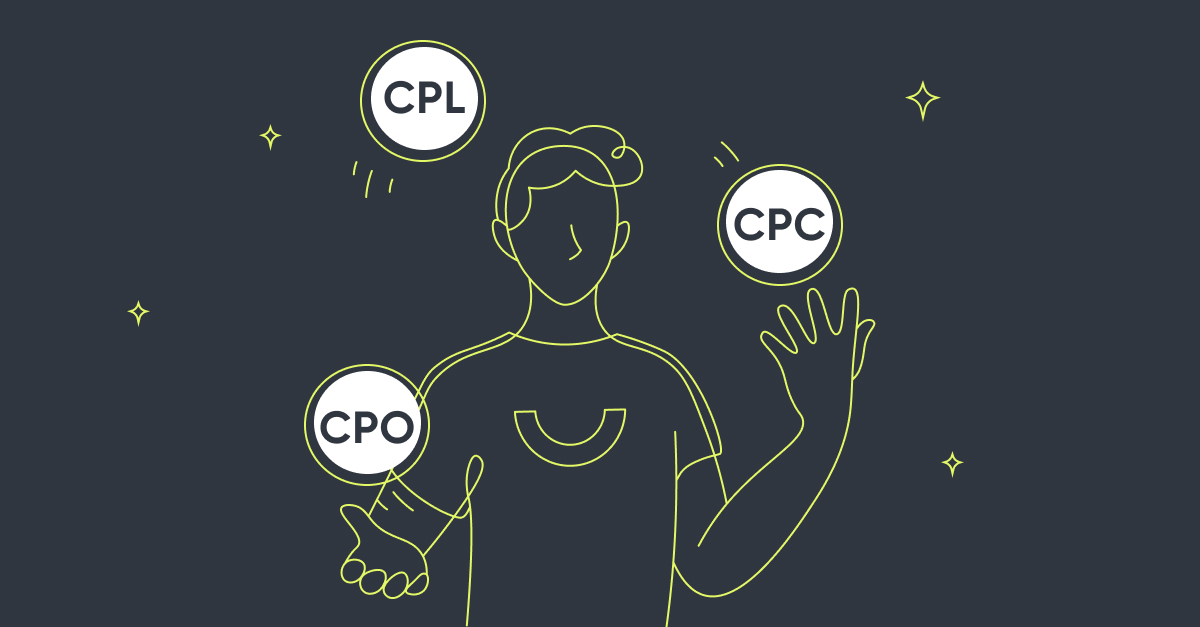Key Take Aways
Executive summary: 5 key take-aways for quick readers
- Keywords form the content framework of a text but are also important for video, audio and picture content.
- Free keyword tools like Google Trends or Ubersuggest give a solid overview of which keywords are worth doing deeper research on.
- Keyword data like search volume, competition or CPC show which keywords are highly competitive in the ranking – and what alternatives are possible.
- Keyword analyses provide information about the search intentions of users, according to which your content should be geared.
- Keyword strategies are also important for performance publishers such as coupon and cashback portals or price comparison sites.
Why is keyword data important for creating commerce content?
The best content is useless if it can’t be found and consumed. Especially if publishers want to monetize this content, good findability is worth its weight in gold. Keyword data helps you prepare content in a search engine-friendly way, opening up another important traffic source besides social media.
Keyword data provides information about the search intentions of users. The better creators understand these search intentions, the better they can respond with their content. In terms of intent, search queries can be divided into three categories:
- Transactional searches: The user has the intention to buy something. These searches do not always have to include the keyword “buy”. Entering a specific product name also indicates an intention to buy.
- Informational searches: The user has the intention to find certain information, such as the age of a prominent person, the national holidays of a specific country, or the weather forecast for the next few days.
- Navigational searches: The user has the intention to get to a specific place on the Internet, such as a company website, an online store, or a forum.
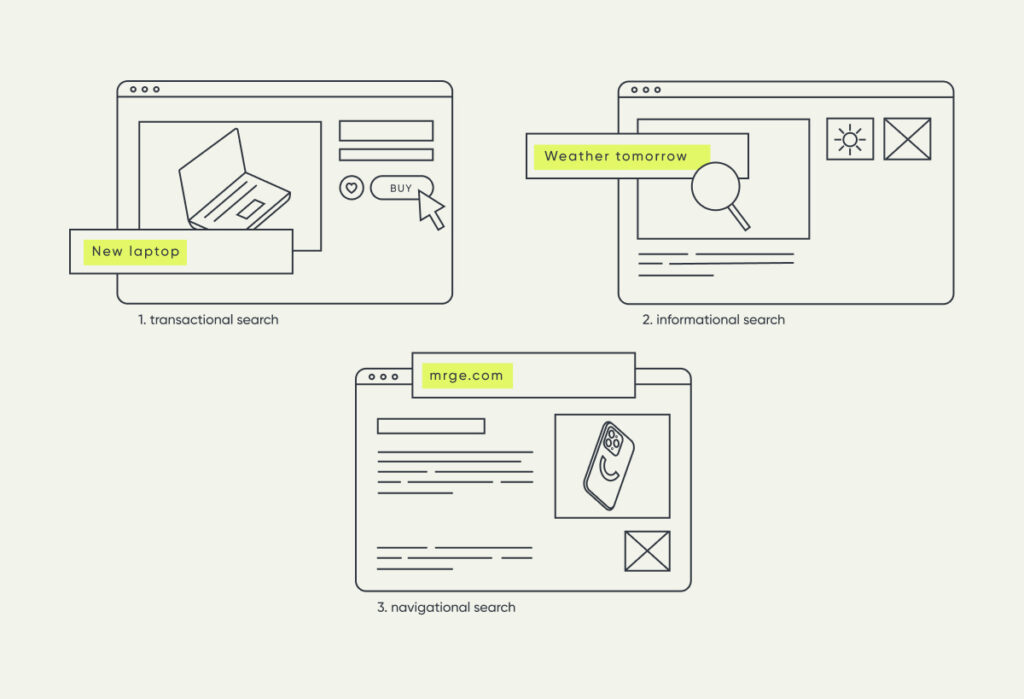
What keyword data exists, and how can it be obtained?
Numerous tools on the market offer keyword analysis. For an initial analysis, free keyword tools like Google Trends or Ubersuggest are fine. Although they provide limited insight into keyword data, and often allow only a few queries per month, they give a good first impression and indicate which keywords are worth deeper research.
Such deeper research is possible with paid tools such as Google’s Keyword Planner, the Moz Keyword Explorer or Mangools’ Keyword Finder. Because they draw on a large “treasure trove” of data, they can provide detailed information on keywords and their use in search engines.
Depending on which keyword tool is used, various types of keyword data can be collected to help you create commerce content. These include:
- Search volume: The search volume indicates how often a specific keyword is searched for in the search engines. In the popular tools, this volume is usually shown per month. Most tools focus on Google searches and disregard other search engines.
- Competition: Data on competition provides information on how many other site operators want to position themselves in Google search with a particular keyword, and thus how difficult it is to achieve a high position with this search term.
- Trend: Trend data shows how the search volume changes over time. Seasonal search queries (e.g. “buy Christmas tree”) have a higher search volume at a specific time of year. Publication dates and other events also influence the development of search volume over time.
- CPC: The CPC (cost per click) indicates how much you would have to pay Google Ads and other providers to place an ad for this keyword. Usually, the higher the CPC, the higher the competition for good positions for this keyword.
Related search queries: Most keyword tools not only provide data on the keyword queried (e.g. “coffee machine”), but also on related search queries (e.g. “rent coffee machine”, “fully automatic coffee machine”, “coin-operated coffee machine”).
How can keywords be derived from existing texts?
A keyword analysis as described above primarily helps you create new content that is suitable for search engines. But what about existing content? Various tools are available, such as the free Google Search Console. This is a powerful tool for search engine optimization, and every site operator who wants a successful website should set it up. The Search Console shows, for example, which keywords users entered in order to reach a page. This helps you better understand the search intentions – and align the content accordingly.
How can commerce content be created based on keyword data?
At the end of keyword research, publishers have answered three important questions:
- Which of the relevant keywords are searched for most often?
- What is the intention behind this search?
- What other searches are closely related to the topic?
Knowledge of the search intent and related search queries tells you which content aspects a text should cover in order to satisfy the user’s needs. These aspects (keywords) form the content framework, so to speak.
To make it easy for search engines like Google to capture the content of texts and assign it to the correct search queries, the identified keywords and their synonyms should be placed in a few essential places:
- Headlines and subheadings
- URL
- Body text, where suitable
- Image names and captions
- Meta data (title and description)
When placing keywords, it is important to think like a reader, and not simply cram all of the search terms in. Keywords should be used wisely so that the end result is an informative text that is easy to read for users and, at best, entertaining. It’s a good idea to use the main keyword in the headline and related keywords in the subheadings to structure the content of the text.
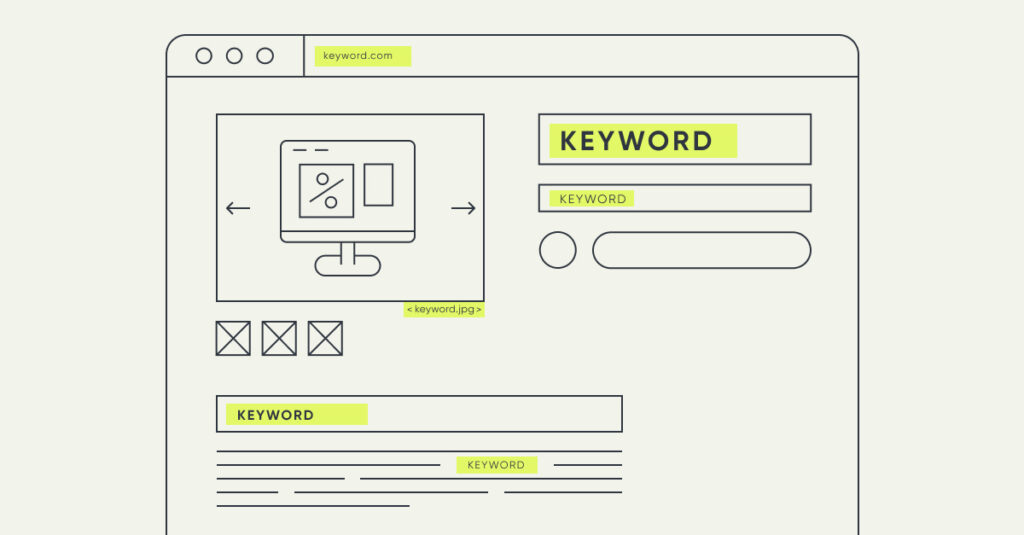
Are keywords only relevant for texts?
No! Keywords help boost the findability of many types of content. For example, they can be placed in video titles and descriptions, or in podcast show notes, so that these videos can be found more easily on YouTube and other platforms. In addition, keywords in the form of hashtags can also be used in posts on social networks.Performance publishers such as coupon and cashback portals or price comparison sites should also use a keyword strategy. The right placement of keywords, for example in headlines and meta data, can serve transactional search queries in particular – and thus increase traffic.


